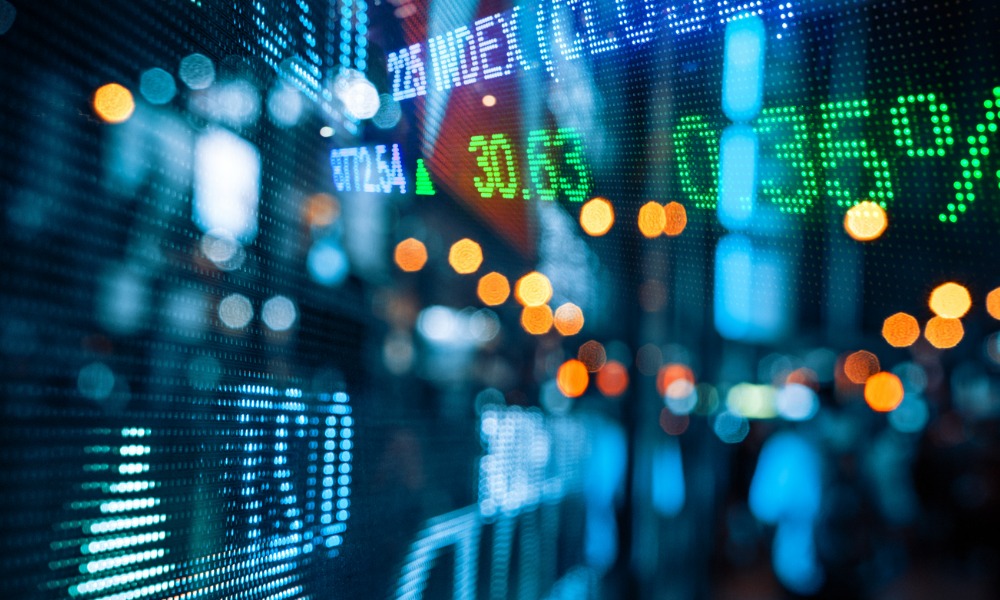The asset manager has released its mid-year ETF report highlighting the challenging market conditions that have defined 2022 so far

Despite rising inflation, volatile markets, and continued uncertainty, Canada’s exchange-traded funds (ETFs) have maintained their popularity.
BMO Global Asset Management (BMO GAM) has published its mid-year ETFs Report, highlighting how global ETF assets under management (AUM) stood at US$8.9 trillion at the end of June 2022, including $464 billion in new assets.
That is shared across more than 9,000 funds in 63 countries and is down 5% year-over-year as a result of poor markets.
Canadian ETFs had AUM of $291 billion, down from the level of December 2021 due to poor markets, but with $17 billion in net inflows (according to National Bank data).
"Investors have had a rough ride with markets this year," said Mark Raes, Head of Product, BMO Global Asset Management Canada. "ETFs continue to prove their worth both strategically and tactically as access vehicles for satellite positions and as core building blocks in portfolios. Even amid heightened inflation, ETFs that focus on specific areas of the market such as infrastructure can provide a good hedge and offer protection for investors."
Equity ETFs led the way in the Canadian market in the first half of 2022 with new net flows of $10 billion, with Canadian equity representing more than 40% of the equity inflows.
What the experts say
The BMO GAM team have shared their insights into the key themes of the ETF market at the halfway point of 2022:
Inflation: Alfred Lee (Portfolio Manager)
- With aggressive assumptions for further rate hikes already priced in, leveling inflation would be the catalyst to turn the markets around.
- ETFs with exposure to certain sectors, such as financials and infrastructure can offer investors a hedge against inflation.
Growth and Innovation: Mark Raes (Head of Product)
- The rise of inflation has hit growth stocks hard, as companies valued on future cash flows now face a higher discount rate and lower growth estimates.
- Long-term, these ETFs will continue to influence our behaviours and routines and have the potential to power equity markets in the future.
Environmental, Social and Governance (ESG): Erin Allen (VP, Online ETF Distribution)
- Despite uncertain markets, geopolitical events, and the pandemic, ESG ETFs continue to attract investors, led by institutional flows.
- BMO's suite of ESG Leaders ETFs targets a sector neutral exposure, which helps, under normal circumstances, to keep performance in line with the broad market.
Sectors: Chris McHaney (Portfolio Manager)
- Canadian energy sector ETFs saw inflows of $730 million year to date.1
- BMO's Equal Weight Banks ETF was in the top 10 in terms of flows.1
- Utilities showed positive performance year to date with the defensive sector having ties to the energy complex, and high levels of current cash flow.
Dividend and Low Volatility: Chris Heakes (Portfolio Manager)
- A shift from growth factors to defensive factors as a result of the market volatility.
- Investors used ETFs to add strategic portfolio positions to capitalize on this market rotation: dividend ETFs saw $1.3 billion in net new flows year to date.1
Fixed Income: Matt Montemurro (Portfolio Manager)
- A challenging first half for fixed income where the combination of the negative drag on performance from interest rate sensitivity and the widening of credit spreads has left investors very few places to hide.



